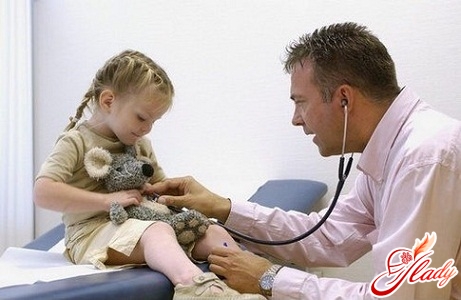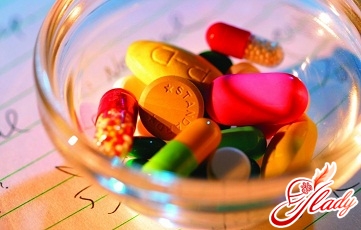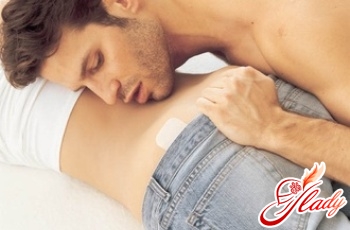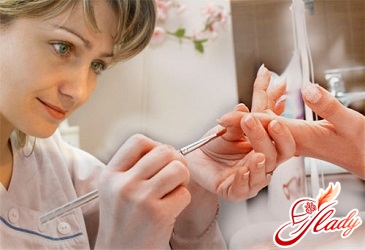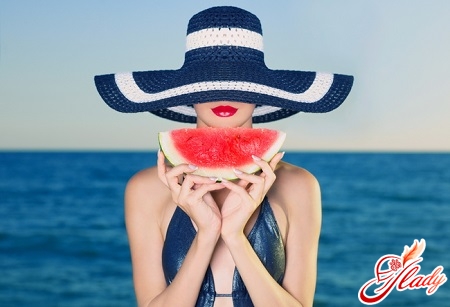 Why do you need to count kilocalories in foods?And who needs it the most?.. As a rule, women start actively counting kilocalories in food products to lose weight. They calculate how many calories are contained in cookies, milk, kiwi and even sauerkraut! It turns out that coffee and tea also contain some of these ill-fated calories! So what are calories (or kilocalories)? From school physics, we know that a calorie is the energy needed to heat 1 liter of water by 1 degree Celsius. The calorie content of products is determined by burning them in a special oven, and the heat released is calculated and measured in kilocalories. By the way, one kilocalorie (kcal) contains 1000 calories (cal). The more energy required to heat a product, the more calories it has. This means that such a product will not only give us more energy, but will also be deposited under the skin in the form of hated fat folds. An example would be high-calorie cookies. Therefore, calorie calculation is important both for losing weight and for maintaining weight at one level.
Why do you need to count kilocalories in foods?And who needs it the most?.. As a rule, women start actively counting kilocalories in food products to lose weight. They calculate how many calories are contained in cookies, milk, kiwi and even sauerkraut! It turns out that coffee and tea also contain some of these ill-fated calories! So what are calories (or kilocalories)? From school physics, we know that a calorie is the energy needed to heat 1 liter of water by 1 degree Celsius. The calorie content of products is determined by burning them in a special oven, and the heat released is calculated and measured in kilocalories. By the way, one kilocalorie (kcal) contains 1000 calories (cal). The more energy required to heat a product, the more calories it has. This means that such a product will not only give us more energy, but will also be deposited under the skin in the form of hated fat folds. An example would be high-calorie cookies. Therefore, calorie calculation is important both for losing weight and for maintaining weight at one level.
How to calculate how much kcal you need?
There is such a simple formula - desired weightmultiply by 28. For example, if you want to weigh 50 kg, then you need to consume 1400 kcal per day (nowadays, both kcal and cal can be written to indicate calories, remember that they mean the same thing). This is, of course, a very approximate figure, neither the level of physical activity of a person nor his eating habits are taken into account. But the fact remains - to lose weight, the number of calories eaten must be less than those spent.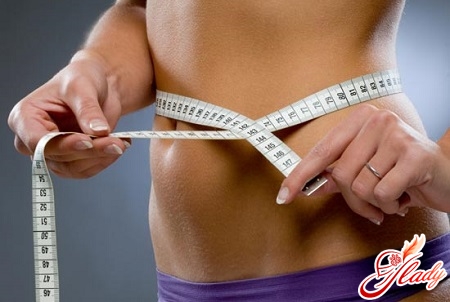
How many kilocalories are contained in the most common foods
I must say that the number of kilocalories inпродуктах давно подсчитано. Существуют специальные таблицы калорийности, где прописано, сколько ккал получит ваш организм при употреблении, например, 1 чашечки кофе или трех киви… Есть даже программы, где можно ввести желаемый вес и получить готовый расчет, сколько и какие продукты вам нужно съедать в течение суток. Напишут также примерный рацион на неделю или месяц. Но можно и самостоятельно подсчитывать количество калорий, чтобы каждый день разнообразить свое меню. Далее мы будем приводить примеры, в которых сумма калорий будет показана на 100 граммов продукта. Макароны помогают похудеть? Совсем недавно макароны считались очень калорийной пищей, их советовали не использовать для похудения, потому что эти продукты содержат сплошные углеводы, и их поедание — это прямой путь к набору веса. А теперь смотрите: в вареных макаронах (100 г) содержится примерно 160 ккал. То есть человеку можно на обед совершенно спокойно съедать 200 граммов вареных макарон, не опасаясь за свою талию. Разумеется, если остальные продукты будут содержать допустимое количество калорий.Более того, на макаронах можно даже похудеть! Знаменитая итальянская актриса Софи Лорен рассказывает, что она всю жизнь любила спагетти, и, несмотря на это, ее фигура долгие годы считалась эталоном красоты и стройности. Ведь в макаронах содержатся полезные углеводы. Основная опасность в том, что мы поливаем их различными соусами и подливами. А они иногда содержат много калорий. Тут даже не нужно производить точный расчет, достаточно просто брать низкокалорийные соусы). Сколько килокалорий содержат разные сорта хлеба Раз уж мы заговорили об изделиях из муки, то о хлебе надо сказать в первую очередь. Конечно, хлеб и печенье — разные вещи, но вот по калорийности они иногда очень похожи. Продукты из различных сортов муки содержат настолько разное количество калорий, что расчет дневного рациона надо производить только учитывая, какое изделие вы собираетесь съесть. Сколько кусков хлеба брать на обед? Если это сдобная булочка для хот-дога, то помните, что в 100 граммах она содержит около 300 кал, тогда как диетическая булка с отрубями — всего 150 кал. Ржаной хлеб дает нам около 180 кал, поэтому за обедом вполне можно позволить себе кусочек-другой. А если вы — любитель спорта и занимаетесь интенсивными физическими упражнениями, то вам не повредит и несколько кусочков. Для похудения диетологи советуют полностью исключить белый сдобный хлеб и кушать только серый или черный, да и то в небольших количествах. А что диетологи думают о печенье? Теперь давайте разберемся с такой вкусной и часто употребляемой пищей как печенье. Эти продукты из муки и всевозможных добавок, тоже содержат различное количество калорий. Обычное печенье из белой муки содержит около 420 ккал! Вот он, враг для нашей тонкой талии! Поэтому печенье надо есть, что называется, по большим праздникам и в малых количествах. А если вы каждый вечер любите устраивать чаепития, и любите печенье, то никакого похудения вы не дождетесь. Давайте разберемся, есть ли выход для тех, кто любит печенье? Для примера можно взять овсяное печенье, 100 граммов которого содержит 400 калорий. Сколько нужно съесть этого продукта, чтобы похудеть? Скажете, что такое невозможно? А вот и нет, существует диета на овсяном печенье! Это голливудская диета cookie diet. Дело в том, что овсяная мука усваивается полностью, давая человеку множество полезных микроэлементов и витаминов. Диетологи утверждают, что, если вы будете съедать на завтрак 1 печенье и стакан чая, то вашей талии ничего не будет угрожать… А как обстоят дела с медом и сахаром? Сколько калорий в меде и сахаре? Эти два продукта мы привыкли измерять чайными и столовыми ложками, поэтому и о килокалориях мы будем говорить из расчета на ложки. Итак, в меде содержится: 22 и 64 ккал (соответственно в чайной и столовой ложке), а в сахаре — 16 и 46. Почувствовали разницу? В меде гораздо больше калорий, чем в сахаре. Поэтому использовать мед в целях похудения нужно с большой осторожностью. Иногда человеку советуют вместо сахара класть в чай мед. Это неправильно со многих точек зрения.
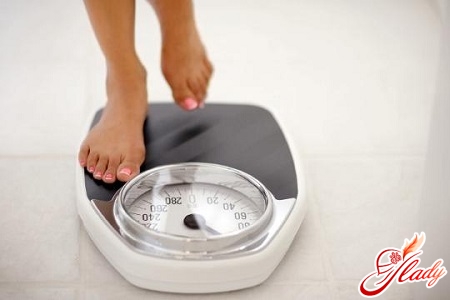
Use of cereals and seeds in food
Diets are often used to lose weight,based on buckwheat. How many calories does this wonderful product contain? It all depends on the cooking method. If you make a side dish, then crumbly buckwheat will contain 153 calories, but liquid porridge-mess on water will already contain 90 calories. If you add butter or milk to boiled buckwheat, there will, of course, be more calories, and the calculation will need to be redone. How much buckwheat, and how much water or milk to take, you need to decide based on the total calorie content that you have outlined for losing weight. Girls who love all kinds of diets are always interested in information about rice. Rice diets have always been popular. You need to know that boiled rice contains 113 calories, but viscous rice porridge on water - 78 calories. As for the now fashionable brown rice, boiled rice contains 101 calories, that is, white rice is slightly more caloric. Separately, it is necessary to say about seeds, as about plant products, which have a lot of protein. Seeds also have a large amount of fat and vitamins. Therefore, uncontrolled eating of everyone's favorite product can affect your weight. It is necessary to know that in sunflower seeds you will find as much as 610 calories! And in pumpkin seeds not much less - 580, so be careful!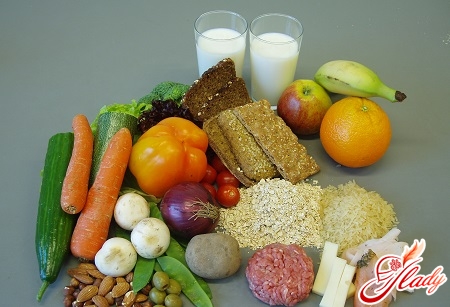
Calorie protein products
Protein is found in large quantities in theseproducts: in meat, fish, eggs, chicken, milk, cheese and cottage cheese. Sausage also contains some protein, but it is much less than in natural products. If we are talking about cereals - rice or buckwheat, which are traditionally classified as carbohydrates, then they also contain protein. Look at how many calories are contained in the following products to decide how much per day is needed specifically for you. In fish - sturgeon balyk - pulls in 194 kcal, but flounder - 103 kcal, almost 2 times less. Therefore, the calculation should always be done according to the table. Now let's talk about cheese. Many people love this product and include it in their diet. Judge for yourself its calorie content: 100 grams of Dutch cheese contain as many as 352 calories, and Cheddar cheese even more - 379 calories. Therefore, if you are thinking about cheese - whether to include it in your diet or not, just remember that it is very high in calories. Now about chicken. This product is considered dietary (when boiled). White meat is more valuable in chicken (it contains less fat). As for the numbers, 100 grams of boiled chicken contains 170 calories. Milk, as the most common protein product, contains 44 calories (with 1.5% fat), but condensed milk contains as many as 272! If we talk about cottage cheese, its different types differ in calorie content. In fatty cottage cheese (18%) you can find 232, in medium-fat cottage cheese - 159, and in low-fat cottage cheese - 88 kcal. If we talk about eggs, then this is also an excellent source of protein. In one hard-boiled egg, you will find 160 calories. Conventionally, sausages and frankfurters can be classified as protein products, but they contain so much fat and additives that it is impossible to talk about the benefits of these products. Judge for yourself about the energy value - a sausage contains 332 calories per 100 grams of product.
Energy value of fruits and vegetables
First, let's look at how many caloriescontained in vinaigrette. This salad, consisting of beets, carrots, potatoes and vegetable oil (these are its main components) can give us a lot of energy. Vinaigrette contains 92 calories, it is very good to serve as a side dish to meat dishes. If you add more oil, then the calories in the vinaigrette will increase, it will be more satisfying. Sauerkraut (which is often added to vinaigrette) according to the table contains only 19 calories. But this sauerkraut contains such a number of useful substances that it must be included in the daily diet. Many diets are based on cabbage, especially sauerkraut. For example, did you know that it is the sauerkraut variety that contains more vitamin C than the raw one? The whole point is that in the process of preparing sauerkraut, it is chopped and mixed with salt. This is what preserves vitamin C for a long time. Women are often interested in calories in kiwi, tomato, orange, tangerine, banana, apple. Here are the exact figures: kiwi (calculated per 100 g) has 51, tomato 23, orange 40, tangerine - 40, banana 89, and apple 51 (note that apple and kiwi have the same amount of calories, as do tangerine and orange). Kiwi is a very interesting product in general. Kiwi appeared on the Russian market much later than the apples we are used to. The taste of kiwi, similar to strawberry, plus a large number of vitamins made it a product included in various diets. Kiwi is perfectly absorbed by the body. When you make a meal plan, include kiwi!
Kilocalories in various fluids
What can you say about soup and borscht?Calories in potato soup - 49, and in borscht - 23. But there are so many varieties of soups that always check the table, do not estimate the calorie content "by eye". Sometimes people are tormented by the question - are there calories in water? The answer is negative! Water does not contain a single calorie. But vodka has 235 kcal, so you need to think carefully before "knocking back" a shot. Everyone is interested in the calorie content of coffee and whether there are calories in tea. The fact is that there are diets where coffee is the basis. Coffee with condensed milk and sugar will give you 312 calories, but coffee with condensed cream and sugar - already 374! Black coffee gives only 7 kcal, and in tea with sugar - 28 kcal. So drinks can also be a source of excess weight. Always pay attention to the details - is there sugar in tea or coffee, is cream added to coffee (cream in tea also dramatically increases the nutritional value). And if you are serious about losing weight, there should be no additives in either tea or coffee!





